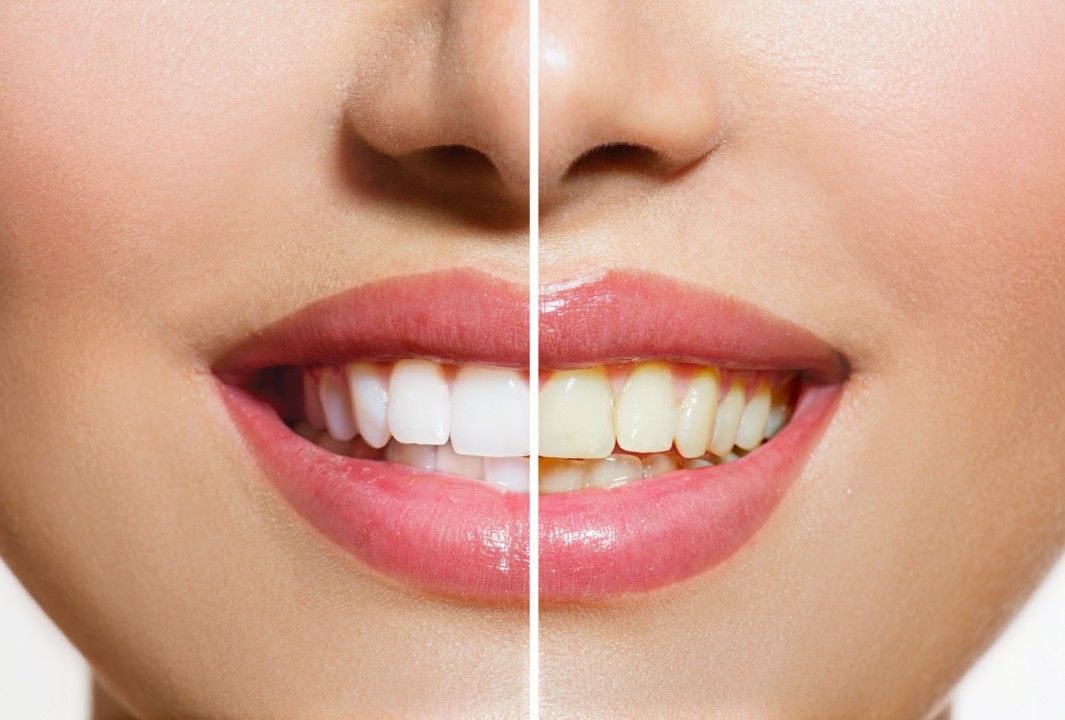 An article published by Dr. Bicuspid analyzes some surprising factors that could affect the success of teeth whitening. It details how dentists can help patients achieve and maintain their pearly whites.
An article published by Dr. Bicuspid analyzes some surprising factors that could affect the success of teeth whitening. It details how dentists can help patients achieve and maintain their pearly whites.
With dental innovation in recent years, dental whitening has become increasingly common. While some may know that the length of time that the bleaching agent is left on the teeth can affect whitening, there are a few more unexpected factors that may affect whitening success.
For one, the type of dental stain can affect whitening. It is unsurprising that darker stains lead to a lengthier whitening process. However, yellow stains respond better to peroxide bleaching than grey or blue staining. To increase whitening efficacy, the administrator must increase either the concentration or exposure time to hydrogen peroxide or carbamide peroxide.
Another factor that can affect teeth whitening is the patient’s diet after bleaching. Consuming tea, coffee, and red wine can lead to tooth discoloration. Thus, dentists advise patients to abstain from these foods and avoid smoking while undergoing whitening treatments. While these factors may not have an effect on the initial whitening, it can influence how long the results last.
Additionally, existing and new restorations can affect whitening results. Following bleaching, there may be a mismatch between composite and tooth color. Bleaching agents can also make new restorations less successful as they may damage bond strength.
To read more about these factors that may affect whitening success, visit Dr. Bicuspid’s page here.



